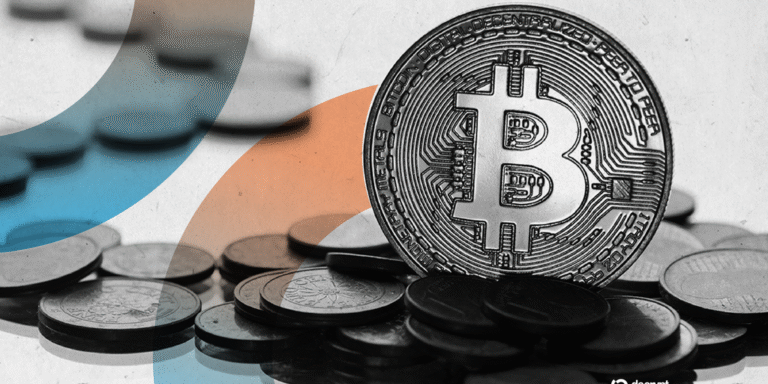
Altcoin Performance: A Closer Look at Emerging Cryptocurrencies
While Bitcoin and Ethereum dominate the cryptocurrency market, altcoins—any cryptocurrencies other than Bitcoin—are gaining significant attention for their unique features and use cases. These emerging digital assets are shaping the future of blockchain technology by addressing scalability, efficiency, and specific industry needs.
What Are Altcoins?
Altcoins (alternative coins) refer to all cryptocurrencies other than Bitcoin. They range from established projects like Ethereum and Binance Coin to newer, innovative tokens aiming to solve niche problems. Categories of altcoins include:
1. Utility Tokens: Power decentralized applications (e.g., Chainlink, Filecoin).
2. Stablecoins: Pegged to fiat currencies for price stability (e.g., USDT, USDC).
3. Governance Tokens: Allow holders to vote on project decisions (e.g., Uniswap, Aave).
4. Meme Coins: Driven by community interest and speculation (e.g., Dogecoin, Shiba Inu).
Notable Altcoins and Their Performance
1. Solana (SOL)
Focus: High-speed and low-cost transactions.
Performance: Solana has been a top contender in decentralized finance (DeFi) and NFTs, despite facing occasional network outages. Its speed and scalability attract developers and users alike.
2. Cardano (ADA)
Focus: Sustainable and secure blockchain development.
Performance: Known for its peer-reviewed approach, Cardano has made progress in scalability with its Hydra Layer-2 solution, though adoption rates remain slower than expected.
3. Polygon (MATIC)
Focus: Layer-2 scaling for Ethereum.
Performance: Polygon has gained significant traction due to partnerships with major brands like Starbucks and Nike, making it a key player in Web3 adoption.
4. Polkadot (DOT)
Focus: Blockchain interoperability.
Performance: Polkadot enables seamless communication between blockchains, positioning itself as a cornerstone for Web3 infrastructure. Its parachain auctions have drawn substantial attention.
5. Avalanche (AVAX)
Focus: High-speed smart contract execution.
Performance: With its subnets feature, Avalanche supports custom blockchain networks, making it popular for enterprise applications.
Factors Influencing Altcoin Performance
1. Market Sentiment: Altcoins are highly sensitive to market trends, often experiencing more volatility than Bitcoin.
2. Adoption and Partnerships: Integration with real-world businesses and platforms boosts their utility and market value.
3. Technological Advancements: Innovations like improved scalability and interoperability attract developers and users.
4. Regulatory Developments: Clearer regulatory frameworks can positively or negatively impact altcoin adoption.
Challenges for Altcoins
1. Volatility: Altcoins are often more volatile than Bitcoin, posing risks for investors.
2. Competition: With thousands of altcoins available, standing out in a crowded market is challenging.
3. Security Risks: Smaller altcoins are more prone to hacks and scams due to limited resources for development and security.
4. Liquidity Issues: Lesser-known altcoins may face low trading volumes, making them harder to buy or sell.

The Future of Altcoins
As blockchain technology evolves, altcoins are expected to play a crucial role in:
1. Specialized Use Cases: Targeting industries like healthcare, supply chain, and entertainment.
2. Interoperability: Facilitating communication between diverse blockchain networks.
3. Decentralized Finance (DeFi): Powering innovative financial services like lending, borrowing, and decentralized exchanges.
4. Mainstream Adoption: Collaborations with traditional industries will bridge the gap between crypto and real-world applications.
Conclusion
Altcoins represent a vibrant and innovative segment of the cryptocurrency market. While risks remain, their potential to disrupt industries and solve real-world problems continues to attract investors and developers. Staying informed about their performance and use cases can help navigate this dynamic space.



